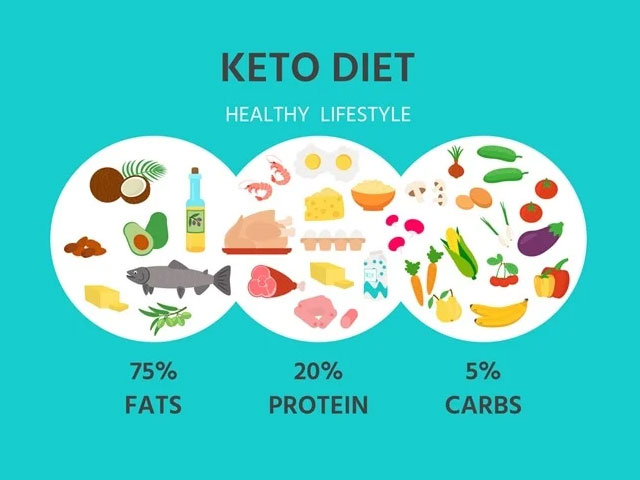
What is a Ketogenic Diet?
A ketogenic diet (shortly keto) can be defined as an eating programme in which carbohydrate and protein sources are very limited and the majority of the diet consists of fats. Many types of foods that are avoided in normal healthy eating plans are preferred as the main energy source in these diets. Due to their high fat content and low carbohydrate and protein content, these diets are difficult to follow and can be both challenging and risky for health. Carbohydrate sources such as bread, cereals, all kinds of foods produced from flour and sugar are among the strict prohibitions in this diet.
Where did ketogenic diet originate from?
This diet was first tested by epilepsy and diabetes specialist Russell Wilder on children with epilepsy about 100 years ago. Children who followed Wilder’s high-fat, low-carbohydrate diet showed a reduction in the frequency and severity of epileptic seizures. In the 1970s, the diet began to be used for weight loss.
Today, many experts apply the ketogenic diet to help the treatment process in some metabolic diseases, Parkinson’s, Alzheimer’s, brain and nervous system diseases, autism, some mental and mitochondrial diseases.
How are ketogenic diets planned?
This diet is based on the consumption of food sources in a certain ratio. The generally preferred ratio is 70% fat, 25% protein and 5% carbohydrate. Deciding whether the diet can be done and how it will be planned, should be done under the control of a doctor and dietitian like all kinds of medical examinations needed. The best ratio for you also should be decided by a team consisting of a doctor and a dietitian, taking into account markers such as blood findings and the amount of ketone bodies in blood and urine. In addition, ketone levels in urine and blood should be checked periodically in people following the diet.
What does the ketogenic diet list include?
The diet excludes essential carbohydrate sources such as bread, cereals and baked goods. The limited amount of carbohydrates is already more than covered by vegetables, oilseeds and dairy products such as yogurt. The remainder is covered by fat sources such as cream, cream, mayonnaise, olive oil, butter and oilseeds such as hazelnuts, peanuts, almonds and walnuts.
For main meals, protein sources such as meat, chicken and fish can be preferred alongside salads flavored with sauces prepared with cream, mayonnaise and olive oil. For snacks, yogurt and, if the carbohydrate allowance is sufficient, some oatmeal, which can help reduce the risks of the diet due to its cholesterol-lowering effect. Since the diet content is quite low, the day is usually divided into 4 different meals, with 3 main meals plus 1 snack. On the diet sample at hand, changes can be made between same category foods in the diet, provided that the daily carbohydrate, protein and fat limitations are not exceeded.
Possible side effects of keto diet
- Ketosis (rise in the number of ketone particles in blood)
- Constipation
- Higher cholesterol
- Stressed liver
- Stressed kidney
- Leg cramps
- Headaches
- Dizziness
- Hypoglycemia
- Cravings
How long should the ketogenic diet last?
If you ask the followers of keto they’ll admit that it is not a forever diet and they’re right. Even under health conditions when this diet is a must, physicians wouldn’t offer it for longer than 6 months. If you want to rapidly lose a few kilos due to an upcoming surgery, or the coming of summer season when you’ll want to wear your bikini comfortably, you can try this hard-to-follow diet for a few weeks or months. But even under these conditions, it’s best to see a doctor to make sure how long your body can handle keto.

